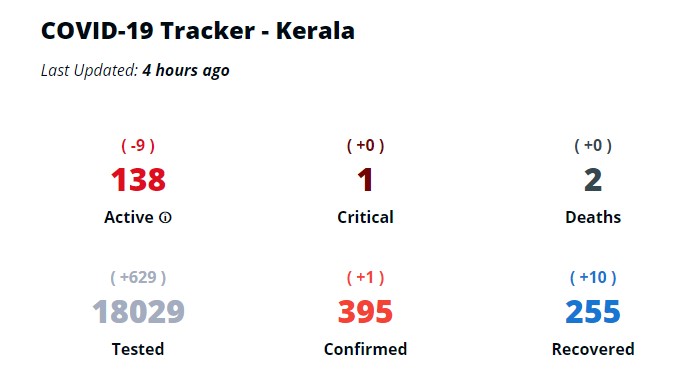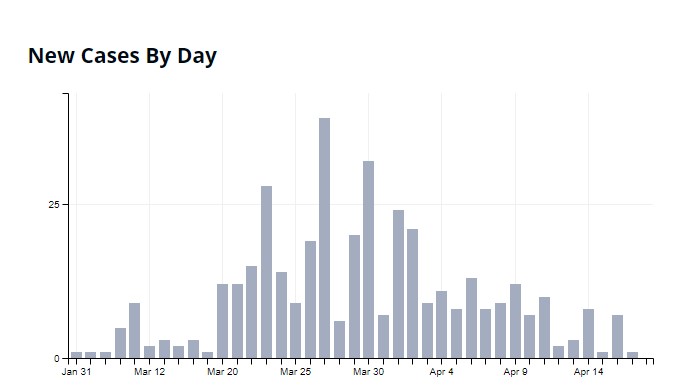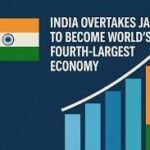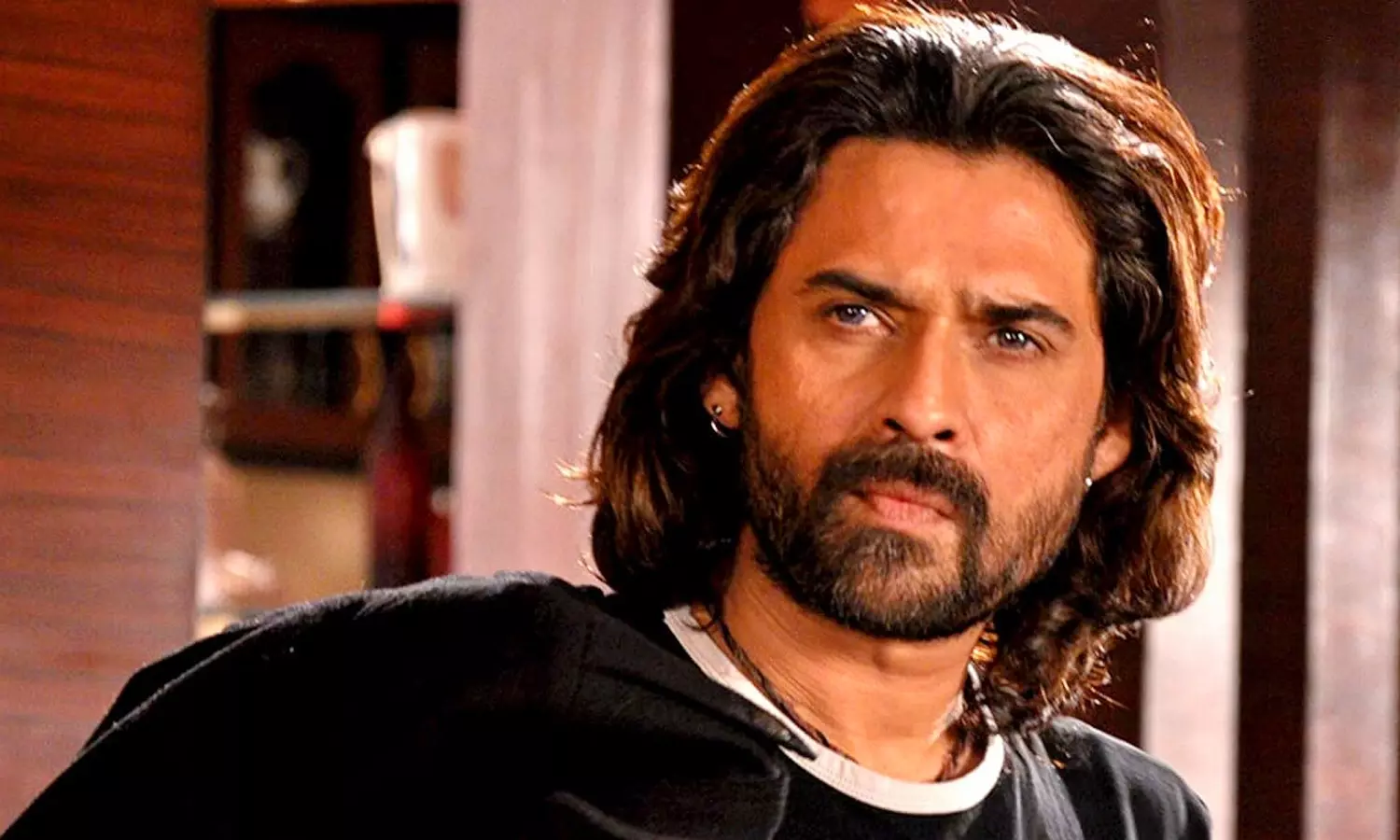SC- Orbindu Ganga
A tiny state in southern India known for the scenic backwaters has salvaged hope for many across the world in the fight against COVID-19. The Kerala model has been vigilant in curbing the pandemic and moving towards cleaving her nemesis. The state had the largest number of cases of COVID-19 at the beginning of the outbreak but gradually had curbed her nemesis. A state which had been praised for an efficacious model in fighting the Nipah and Zika virus, it wasn’t a cakewalk to fight her nemesis Corona. The state has been proactive in dealing with the pandemic, confirming the first case on 30 January 2020 in the country, much before most of the countries around the globe realised about the pandemic.
Kerala showed a peak in the number of cases touching 39 on 27th March and have subsequently shown a great degree of resilience in the number of cases dwindling to just one case each on April 15 and 17. The great work was done by the state government with the healthcare department, administrations, volunteers and the people of the state who adhered to the guidelines set by the government. The state showed a reducing trend in the number of new COVID-19 cases from April 11 to 17 to 32 with the total touching 395 against the estimated figure of more than 500. The state has the best recovery rate in the country of 64% with 255 recovered from 395 cases, having only 138 active cases as of 17th April 2020.

The Kerala government had a premonition about the outbreak as they had closely monitored the situation during the Nipah and Zika outbreak. The state government was on alert from 4th February 2020. The Kerala government issued the guidelines after consultation from the experts from various fields. The blueprint was charted out about the clinical guidelines on suspected and infected persons with COVID-19. This was subsequently revised with the number of cases and the situations. Helplines were activated in every district with the creation of Isolation wards.
More than 3000 patients in the home and hospital quarantine were taken care of by more than 200 health care workers beginning from the second week of March. To deal with stress-related ailments, more than 3500 telephonic counselling services were operated across the state. Following week the state government had shut all the colleges and schools (up to grade 7). With the government’s pleas to avoid large congregations of people, all the functions were either cancelled or made in a very small capacity.

Being the most literate state in the country, the importance of educating the public has always been the norm of any government in the state. Moving forward with such erudite thought processes, the state government introduced a new initiative on 15 March called the ‘Break the Chain’ campaign. Personal hygiene became the talking point with such an initiative with water taps being installed with sanitisers across the state. It became a huge movement where people adhered to the norms of personal hygiene. With the initiative by the Kerala Startup Mission and the Information & Public Relations Department, the government launched a mobile application to get information and updates regarding COVID-19 which also worked without the internet, receiving alert messages to basic phones.
With having the know-how to deal with a medical emergency from the experiences, the Kerala Chief Minister announced the lockdown on 23rd March in the state from 23rd March till 31st March to curb the spread of the pandemic. The state health department has been working round the clock with the medical teams and administrations to fight the spread of the virus, this was much before the country had declared nationwide lockdown. Kerala started the stringent healthcare system by being the first and the only state to have mandatory 28 days of home quarantine for those returning from countries affected by COVID-19 though the national guideline was for 14 days. Those in the home quarantine strictly adhered to the guidelines set by the state government though in the initial stage it was a cumbersome effort to monitor all the people under home quarantine. Those who took a long time for recovery had been patiently waited to be cured successfully.

Public transport was shut down but the private vehicle was allowed only for medical or to buy grocery items. District to district travel was curtailed only allowed with valid reasons. The shops were allowed from morning to evening with specific timing. Kasargod was the most affected district with the most number of COVID-19 cases in the state. The district was on high alert with all major restrictions being strictly followed.
The success can be attributed to the high number of diligent testing, identification of suspected and infected cases and an absolute efficacious isolation and quarantine measures been followed stringently. Kerala has flattened the curve in dealing with the pandemic every time it has encountered it. The fatality rate has been very low compared to the global rate. Though the state had the highest infected patients in the country, the fortitude shown by the state machinery in tackling such a situation is heartening.









